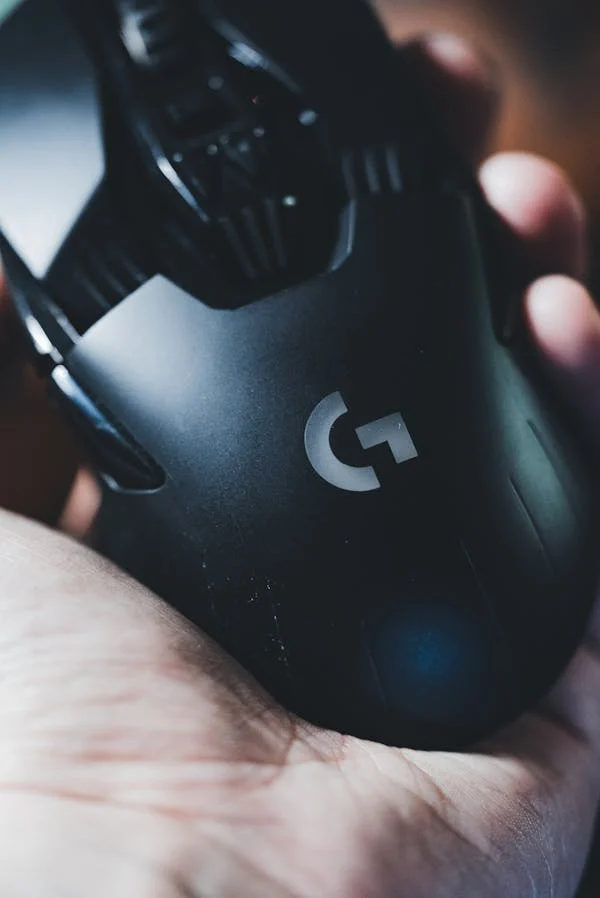Design and User Experience: Crafting Websites That Engage and Delight
In the digital world, a website is often the first point of interaction between a brand and its audience. For businesses, non-profits, and personal projects alike, a website must not only look great but also function seamlessly. This is where design and user experience (UX) come together to play a critical role. Combining aesthetics with usability, they work to create a digital environment that not only attracts visitors but keeps them engaged, making their journey through the site smooth and intuitive.
What is Design and User Experience?
Design refers to the visual aspects of a website—its colors, layout, fonts, and images. It’s what catches the eye and makes a first impression. Good design is aesthetically pleasing, communicates the brand’s identity, and sets the tone for the user’s experience.

User Experience (UX) is a broader concept that focuses on how a user interacts with the website. It includes factors like ease of navigation, intuitive interfaces, loading times, and the overall satisfaction a visitor gets from using the site. A well-designed user experience ensures that visitors can easily achieve their goals, whether it’s finding information, purchasing a product, or signing up for a service.
Key Elements of Design and UX
- Visual Appeal: First Impressions Matter The moment a user lands on a website, its design immediately influences their perception. A website that looks cluttered, outdated, or unattractive will likely push visitors away. On the other hand, a clean, modern, and visually harmonious site will encourage them to explore further.
- Consistency: Fonts, colors, and styles should be consistent throughout the website. Consistent design elements help create a unified and professional look.
- Brand Identity: The design should reflect the brand’s personality. For example, a tech company might choose sleek, minimalist designs, while a children’s toy store might use vibrant colors and playful fonts.
- Whitespace: Strategic use of whitespace (empty space) can enhance readability and make the design feel open and uncluttered.
- Ease of Navigation: Simple and Intuitive No matter how visually appealing a website is, it’s useless if users cannot navigate it easily. A good design makes it simple for visitors to find what they are looking for, reducing frustration and encouraging longer stays.
- Clear Menus: Navigation menus should be intuitive and easily accessible, preferably at the top of the page. Categories should be clear, concise, and well-organized.
- Logical Flow: The user journey should follow a logical path. For example, if a user is shopping, they should easily be able to move from browsing products to adding items to their cart and then to checkout.
- Search Functionality: A search bar allows users to quickly find specific information, improving their overall experience, especially on content-heavy sites.
- Responsiveness: Designing for All Devices Today, users access websites from a wide range of devices, from smartphones and tablets to laptops and desktops. A website must adapt to different screen sizes and still provide an optimal experience. This is called responsive design.
- Mobile-First Approach: With more people using mobile devices to browse the internet, designing with mobile users in mind first ensures a smooth experience on smaller screens.
- Fluid Layouts: A responsive design uses flexible grids and images that adjust to fit the screen size. Elements should reorganize themselves rather than shrinking or cutting off on smaller devices.
- Performance and Speed: Quick and Efficient A slow-loading website is a sure way to lose visitors. Studies show that users expect a website to load in under three seconds, and any delay can lead to a high bounce rate. The design should be optimized for speed without sacrificing quality.
- Optimized Images: Large, high-quality images can slow down a website. Compressing them without losing quality is crucial for faster load times.
- Efficient Code: Minimizing unnecessary code and using lightweight frameworks can improve a site’s performance.
- Caching and Content Delivery Networks (CDNs): Using caching mechanisms and CDNs helps distribute content quickly to users regardless of their location.

- Accessibility: Designing for Everyone An inclusive design ensures that everyone, including people with disabilities, can access and navigate your website. Accessibility is not only an ethical consideration but also a legal requirement in many regions.
- Alt Text for Images: Descriptive alt text helps visually impaired users who rely on screen readers to understand the content of images.
- Keyboard Navigation: Users with motor impairments often navigate using only their keyboards. Ensuring that all interactive elements can be accessed and used this way is essential.
- Color Contrast: High contrast between text and background improves readability for users with visual impairments.
- Interactive Elements and Feedback: Engaging the User Interaction is a key part of a great user experience. Websites should offer visual or functional feedback when users engage with interactive elements such as buttons, forms, or navigation links. This creates a sense of flow and responsiveness.
- Call-to-Action (CTA) Buttons: CTAs guide users to take specific actions, like signing up for a newsletter or making a purchase. They should be clearly visible and compelling.
- Hover Effects and Visual Cues: Interactive elements can offer feedback when hovered over or clicked, providing a more engaging experience. For example, a button might change color or size when hovered over to indicate it’s clickable.
- Form Validation: When users fill out forms, real-time feedback helps ensure correct information is entered. Immediate error messages or confirmations improve the user experience.
The Relationship Between Design and UX
While design and user experience are closely linked, they are distinct disciplines that work together to create a cohesive website. Great design supports an intuitive user experience, while a good UX ensures that the design is not just beautiful but functional. In many ways, UX is the invisible hand that guides users effortlessly through a website, while design is the face that draws them in.

Conclusion
In a world where users are more demanding than ever, websites must prioritize both design and user experience. A well-designed website attracts users, but it’s the seamless user experience that keeps them engaged, helps them achieve their goals, and encourages them to return. From visual appeal and responsiveness to accessibility and performance, every aspect of design and UX should work together to create a digital environment that is not only beautiful but also easy and enjoyable to use.
